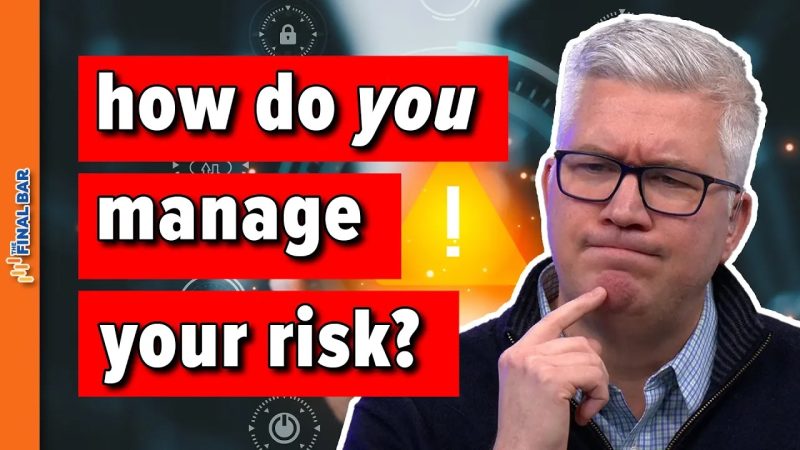Risk management is a crucial aspect of investing and trading in financial markets. Utilizing technical analysis can be a powerful tool in managing risks effectively. Technical analysis involves analyzing historical price movements and using charts to forecast future price movements. By incorporating technical analysis in risk management strategies, traders and investors can make more informed decisions and mitigate potential losses.
One key aspect of technical analysis in risk management is the use of stop-loss orders. A stop-loss order is an instruction given to a broker to sell a security when it reaches a certain price level. By setting a stop-loss order, traders can limit their potential losses if the market moves against their position. This practice helps in controlling risk by establishing predefined exit points for trades.
Another important concept in risk management through technical analysis is position sizing. Position sizing involves determining the amount of capital to be risked on a single trade based on the risk appetite and trading strategy of the trader. By employing proper position sizing techniques, traders can effectively manage their risk exposure and avoid substantial losses from a single trade.
Moreover, technical analysis can assist in identifying potential support and resistance levels on price charts. Support levels are price levels at which a security is expected to find buying interest and reverse from a downward trend, while resistance levels are price levels at which a security is likely to encounter selling pressure and reverse from an upward trend. By identifying these levels using technical analysis, traders can set profit targets and adjust their stop-loss orders accordingly to manage risks more effectively.
Furthermore, technical indicators such as moving averages, Relative Strength Index (RSI), and Bollinger Bands can be valuable tools in risk management. Moving averages help in identifying trends and potential trend reversals, RSI helps in assessing overbought or oversold conditions, and Bollinger Bands help in identifying volatility levels in the market. By utilizing these technical indicators in conjunction with price charts, traders can gain valuable insights into the market dynamics and make informed decisions to manage risks.
In conclusion, integrating technical analysis into risk management strategies is essential for traders and investors to navigate the complexities of financial markets effectively. By utilizing tools such as stop-loss orders, position sizing techniques, support and resistance levels, and technical indicators, individuals can enhance their risk management practices and make more informed trading decisions. Ultimately, incorporating technical analysis in risk management can help traders minimize losses, maximize profits, and achieve long-term success in the financial markets.





























